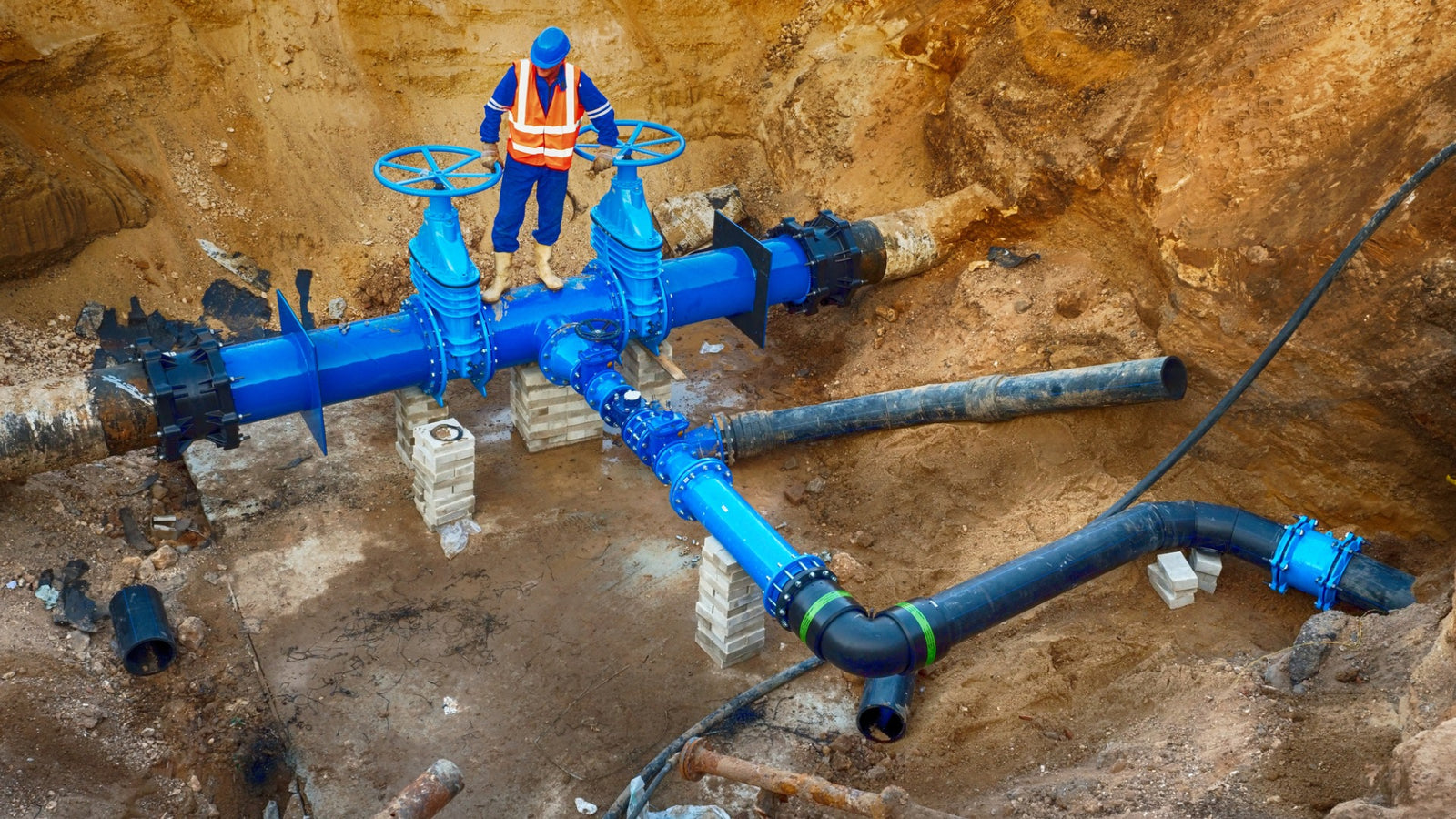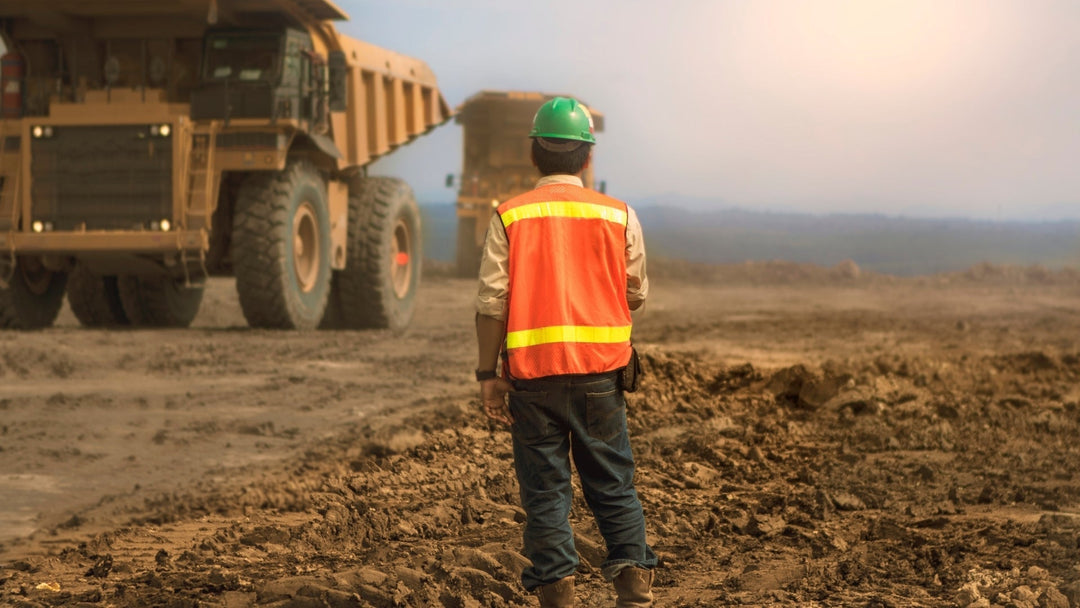Addressing the Water Infrastructure Gap

There is a sizable water infrastructure investment gap in both the United States and around the world. In the U.S. alone, the American Society of Civil Engineers (ASCE) estimated this gap to be about $80 billion per year. The economic consequences of this underinvestment in water infrastructure are considerable. By investing $80 billion more, it would be possible to raise total annual economic activity by around $220 billion.
Unfortunately, U.S. spending on water infrastructure was less than 40% of the required amount. Many of the nation's underground pipes are nearing the end of their expected service life, so the consequences of this underinvestment are increasing.
A Growing Water Infrastructure Gap in the US
The significant water infrastructure gap in the United States continues to grow, even as federal funding dries up. ASCE projected that the U.S. water infrastructure gap will grow to over $100 billion by 2025 and more than $150 billion in 2040 if we do not address these issues. Furthermore, the federal government's contribution to water-related spending fell from over 60% in the 1970s to around 10% in the early 21st century.
The water infrastructure gap is partly a product of the fact that state and local governments did not fully compensate for decreased federal funding. The impact of this underinvestment is likely to increase as the gap grows. Already, approximately 900 billion gallons of untreated wastewater and stormwater overflow into the environment each year during storms.
The Water Infrastructure Gap in Developing Countries
According to World Bank data, filling the water infrastructure gap in developing countries will cost another $114 billion every year during the next decade. Construction of water infrastructure is often labor-intensive, so the developing world has the chance to use currently low wages to build structures and pipes that will last the next 50 to 100 years. Wages are likely to rise substantially in developing countries, just as they did in the United States during the 20th century.
Globally, only 71% of drinking water is entirely safe, according to a 2019 UN report. The underinvestment in sanitation is substantially worse, with just 45% having access to fully safe sanitation and 9% having no sanitation service at all.
The Human Cost of Water and Sanitation
The water infrastructure investment gap carries a high human cost as well. Deficiencies in sanitation and unsafe drinking water lead to over 600,000 untimely deaths each year. While preventable deaths are the greatest tragedy, flood damage destroys over $100 billion in property every year, disrupting lives and ruining businesses. Nearly as much damage is done on the other side, as inadequate water management leads to over $90 billion in irrigation and water insecurity related losses each year.
The Impact of Covid-19 on Infrastructure Investment
The coronavirus pandemic increased the need for water infrastructure, yet the immediate effect might have been a slowing of investment. As a practical matter, people need running water to adopt basic safety precautions like washing their hands. Improper sanitation and waste management issues also appear to contribute to the creation of coronavirus hot spots.
Government budgets worldwide have been stretched by the crisis, potentially leading to reduced investment in water infrastructure in some cases. Furthermore, developing countries that lack the funds to pay temporarily unemployed workers resorted to mandating deferments on payments for many services, including water bills. Without these revenues, some water services cannot afford to make the necessary investments in building new water infrastructure.
The New Opportunity for Economic Growth
Instead of reducing investments in water systems, the coronavirus crisis creates an opportunity to build better water infrastructure. Plugging the water infrastructure gap could add more than twice as much as invested to total economic output. More importantly, it also has the potential to create 1.3 million jobs to reduce the unemployment rate.
Our consulting solutions identify and mitigate risks associated with municipal and government water projects. Our expert consultants work with your organization to develop a sustainable strategy for resource deployment.










